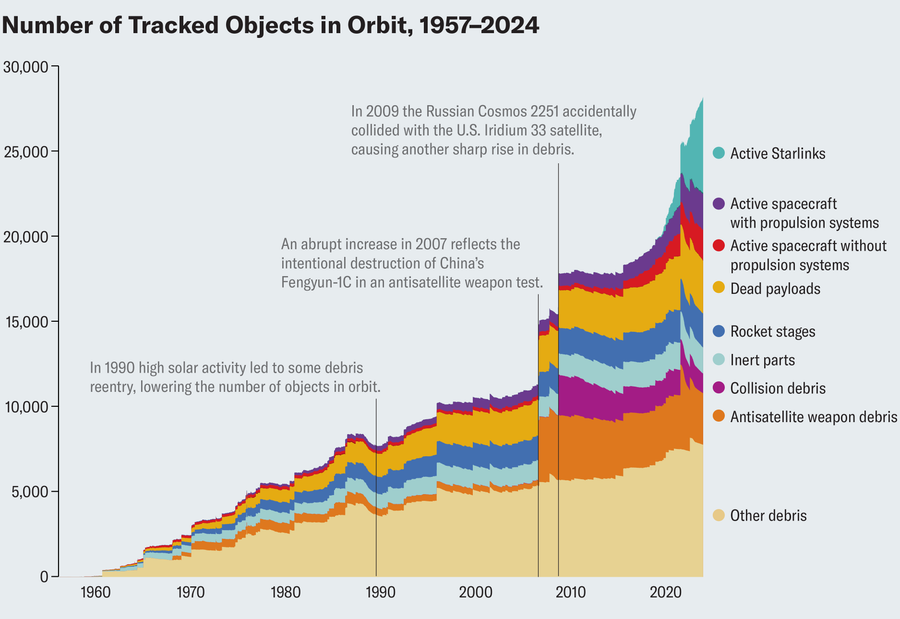It’s quite common to see clouds hovering over the Caspian Sea, the planet’s largest inland body of water, but this one, spotted on May 28, 2022, looked a bit more bizarre than the rest. The Moderate Resolution Imaging Spectroradiometer (MODIS) on NASA’s Terra satellite captured this view on the morning of May 28th.
This single cloud boasts well-defined edges that looks like something from a cartoon, making it stand out from the more typical diffuse and dispersed cloud cover. Bastiaan van Diedenhoven, an atmospheric scientist at SRON Netherlands Institute for Space Research, said that this cloud is a small stratocumulus. One place you won’t find any clouds is this hot Jupiter.
Sale
Celestron – AstroMaster 114EQ Newtonian Telescope – Reflector Telescope for Beginners – Fully-Coated Glass Optics – Adjustable-Height Tripod – Bonus Astronomy Software Package
- Powerful reflector telescope: The Celestron AstroMaster 114EQ Newtonian telescope is a powerful and user-friendly reflector telescope. It features fully-coated glass optics, a sturdy and lightweight frame, 2 eyepieces, a StarPointer red dot finderscope and an adjustable tripod.
- High-quality 114mm optics: The heart of the system is a fully-coated 114mm primary mirror. The AstroMaster mount features 2 slow-motion control knobs that allow you to make precision adjustments to view celestial and terrestrial objects.
- Quick setup & lightweight frame: This telescope for adults and kids to be used together features a lightweight frame and a manual German Equatorial mount for smooth and accurate pointing. Setup is quick and easy, with no tools required.
- Included accessories: We’ve included 2 eyepieces (20mm and 10mm), a tripod, and a StarPointer red dot finderscope. Accessories also include a free download of one of the top consumer rated astronomy software programs.
Sharp edges are often formed when dry, warm air coming from land collides with colder moist air over the ocean, and the cloud forms at that boundary. You often see this off the west coast of Africa, but at much larger scales,” said Bastiaan van Diedenhoven, an atmospheric scientist at SRON Netherlands Institute for Space Research.





















































